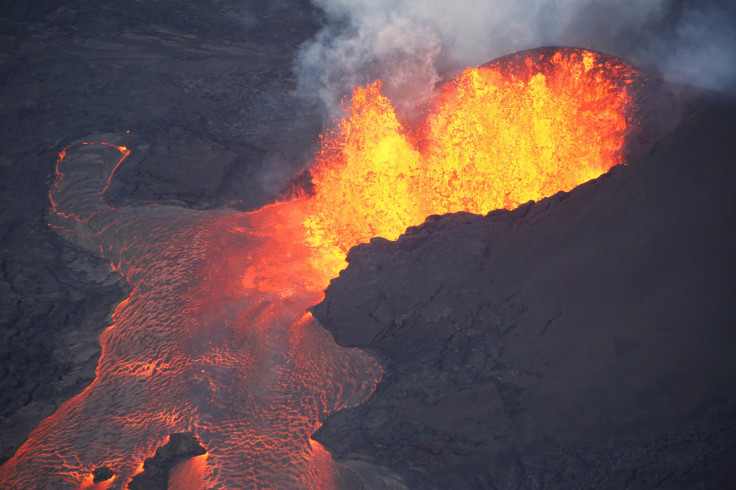Excessive Rain Could Trigger Volcanic Eruptions, New Study Reveals
KEY POINTS
- A new study explained the correlation between rainfall and volcanic eruptions
- Researchers believe excessive rainfall caused Kilauea's eruption in 2018
- The new study can be used to analyze volcanoes in other regions
A new study revealed that excessive rainfall could trigger volcanic eruptions. According to the authors of the study, this factor caused the extraordinary eruption of the Kilauea volcano in Hawaii in 2018.
The study was conducted by researchers from the University of Miami Rosenstiel School of Marine and Atmospheric Science. Their findings were presented in a new paper published in the journal Nature.
Kilauea is known as the most active of the five volcanoes that formed the Hawaii islands. In March of 2018, scientists detected unusual activity beneath the volcano. Over the next couple of weeks, pressure began to build up inside the volcano until it erupted on May 3, 2018.
During the eruption, the volcano spewed out incandescent lava about 200 feet in the air. Lava also flowed across 13 square miles from the volcano and reached well-populated areas. The eruption, which ceased in September 2018, destroyed over 600 homes.
Using ground-based and satellite data, researchers analyzed the factors that triggered Kilauea’s unusual eruption. Through computer models of the volcano, the researchers learned that excessive rainfall in the region played a huge role in the volcano’s sudden increase in activity.
According to the researchers, the accumulation of water below the ground affects the composition of subsurface rocks. They explained that rocks that are wet are more likely to break than dry rocks due to the pressure from magma.
“We knew that changes in the water content in the Earth's subsurface can trigger earthquakes and landslides. Now we know that it can also trigger volcanic eruptions,” Falk Amelung, the co-author of the study explained in a statement. “Under pressure from magma, wet rock breaks easier than dry rock. It is as simple as that.”
The researchers noted that the findings on Kilauea could be used to analyze the activity of volcanoes in other countries. The information they have collected could be used to determine possible eruption scenarios based on a region’s weather patterns or season.
“If we can identify regions of the globe where this kind of coupling between rainfall and volcanism exists, it could go a long way towards advanced warning of associated volcanic hazards,” Jamie Farquharson, a co-author of the study, stated.

© Copyright IBTimes 2024. All rights reserved.





















